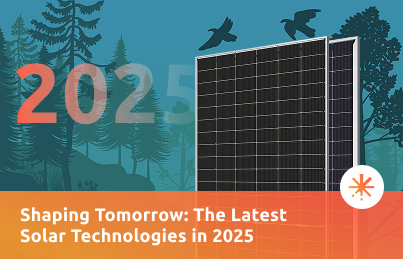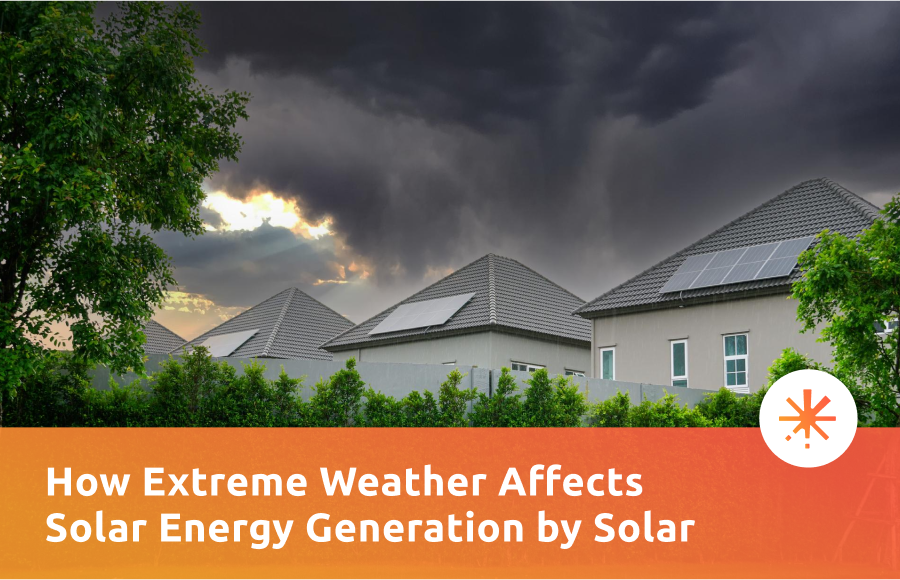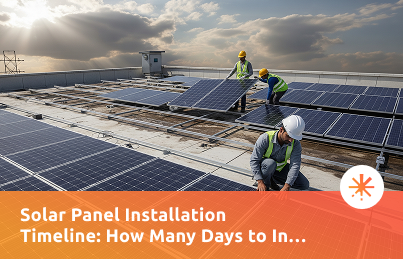
Shaping Tomorrow: The Latest Solar Technologies in 2025
The year 2025 has proven to be very important for renewable energy. People demanded the clean power, and this demand was fulfilled only through solar power. One interesting thing here is that if something is used in large quantities, it is very important to have innovative technology in it. The same thing applies to solar power as well.



